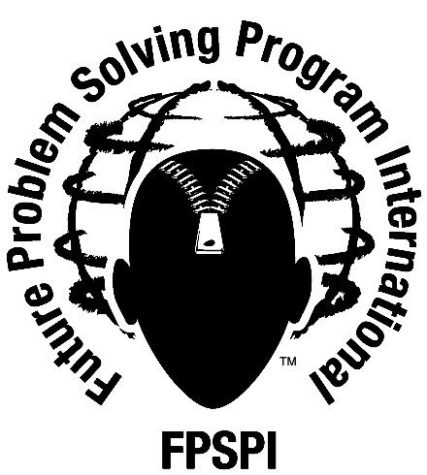Tech Tuesday: Advancements in Health
April 21, 2015
Technology has its downfalls, but in the right hands and in the right fields, it can help catapult society to new heights, as we’ve seen. Technology of today is helping our Sci-Fi visions of the future become more of a reality, whether good or bad.
Firstly, at Cornell University earlier this month, researchers published a study that may help “shed light on how gene regulation is linked to aging and longevity in nematodes, fruit flies and possibly humans,” according to the university’s Cornell Chronicle.
The study modifies the histone protein H3 that affects how DNA is packaged and how genes are turned on and off. The team is looking to see if this modification in the histone protein can preserve normal longevity and allow us to combat age-related diseases. Although little is known right now about H3 modification, researchers will now look to see if this practice can work in mammals—including humans—as it has seen success with nematodes and fruit flies.
Next up, doctors at Memorial Sloan Kettering Cancer Center had a peculiar case in which a combination of immune system drugs melted a patient’s tumor. Opdivo and and Yervoy were the two drugs used in tandem as part of an experimental treatment. The research was later published in the New England Journal of Medicine along with a 142-person study, and found that the combination had both unprecedented positive effects, but also a large downside. In one-fourth of the patients there was a complete response, meaning it was all positive results. In half of them, however, they had toxic effects and side effects that were severe. Another drawback to the process is that the combination of many of these drugs can cost upwards of $250,000 over a year, and so the question of funding these technological advances is coming into play. However, many attending the American Association for Cancer Research Annual Meeting are awestruck at how fast the healthcare industry is growing, and this is a very promising discovery nonetheless.
Lastly, researchers at the Wake Forest Institute for Regenerative Medicine have begun to make 3D-printed artificial tissue and organ prototypes. They understand that living tissue and organs are arranged very particularly, and ink-jet printing technology allows for them to keep this precision. They are currently working with soldiers with extreme burns, where they can “place skin cells directly into a print cartridge, along with essential materials to support them, and would be printed directly on the soldier’s wound.”
Technology used in the medical field has arguably progressed the most and the fastest than any other field, and rightfully so. It’s mind-blowing to ponder what medical issues will still be in existence 50 years from now, isn’t it?
















